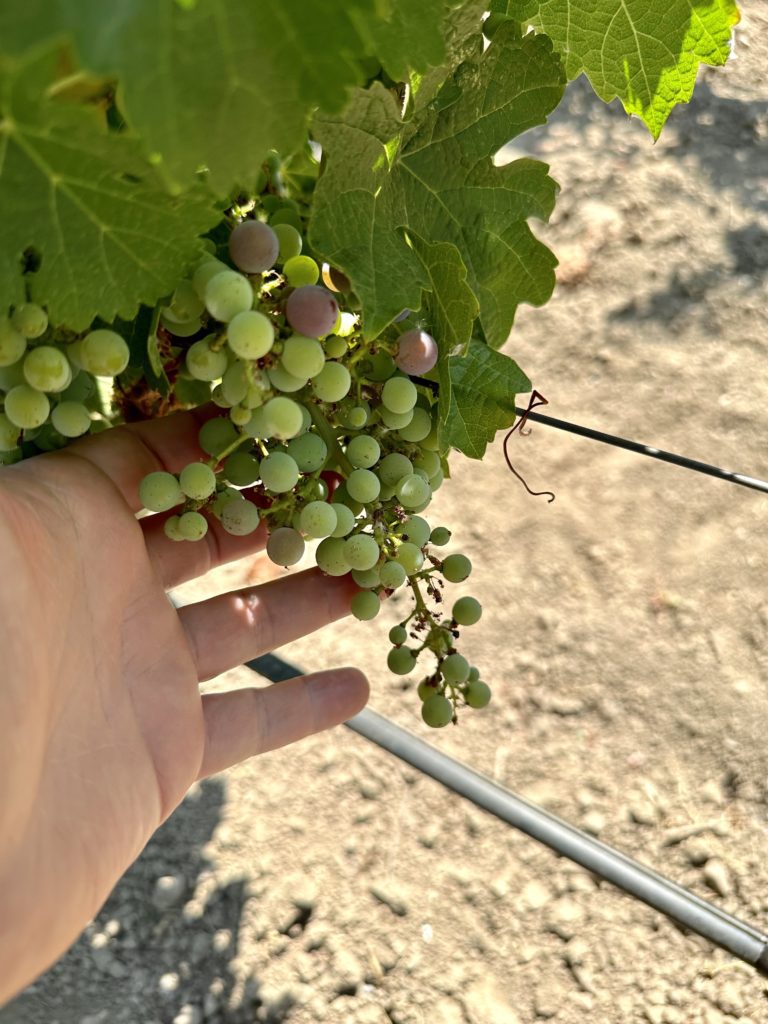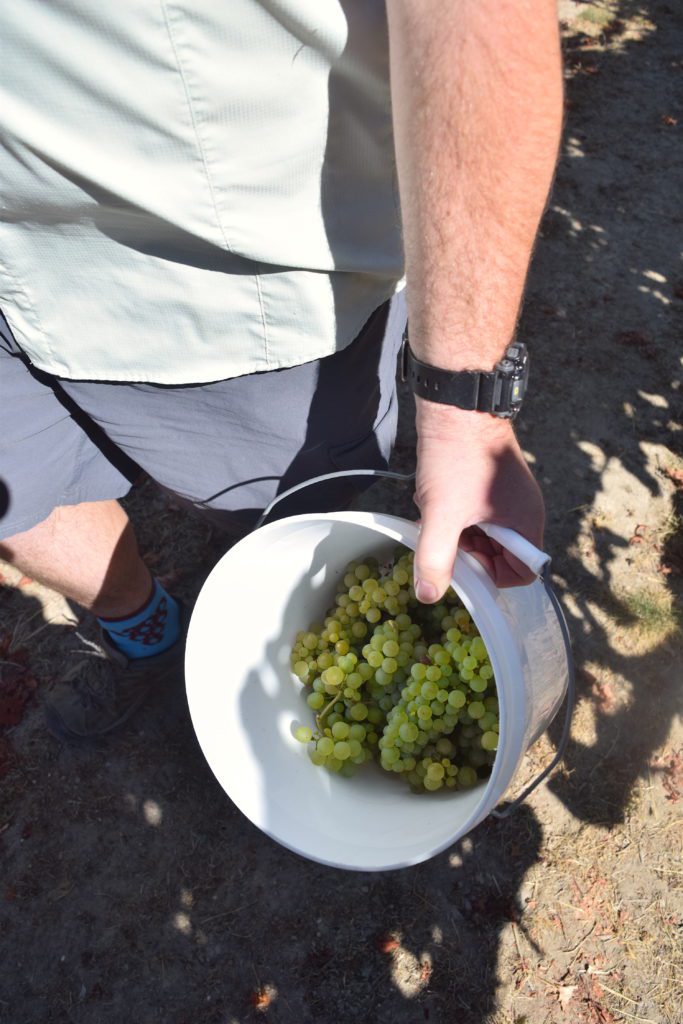
Donelan Harvest 2023: A Shift in Perception
This year has been the coolest vintage I have ever experienced.
2010 and 2011 were once considered the coolest in many years. But 2023 beats them out, landing us in one of the coolest vintages in the last 50 years. As of today, September 7th, we have not harvested anything. By comparison, last year our first harvest was August 18th. Everything has been very slow-moving. We’re about three to four weeks behind last year. That may sound concerning but it’s not a bad thing so long as you get ahead of the curve and know how to play the cards Mother Nature deals you.
If everything stays consistent, and we don’t get any erratic heat spikes or sudden rains, we will see slow maturation in the vineyard and a rather enjoyable, patient harvest. We won’t be rushing to pick. As for the fruit itself, slow ripening would mean stylistically that the wines will have intense flavor and color at lower alcohol levels; parity across physical attributes, and sugar ripeness. The fruit will get there, it just requires a shift in our perception of time. We’re used to racing against the clock and the heat during harvest, hurrying to measure, pick, and process. This year instead of a sprint it’s a marathon. If the weather continues to be on our side, so will time.
One would think a slow growing season means we simply wait for the fruit to be ready. But as the great Tom Petty once said, “The waiting is the hardest part.”

Small clusters that will develop intense flavor
With a vintage like 2023, preparation is crucial from the moment you catch wind of a cool growing season ahead.
We knew it would be a late year because of how much rain we got in the spring. We’re also constantly in all of our vineyards tracking physical markers, known as phenology; bud break, veraison, flowering, and everything in between. This means we know the trends in real time. Not a week later, not by word of mouth from other growers, but directly from the source: our vines. So from the jump, we began making early season adjustments to mitigate risks later on during harvest.
Over in our Bennett Valley vineyards, we have a very late harvest every year, typically falling well into late October. With those sites having delayed ripening, coupled with this slow vintage, we knew we had to get things moving early. At Cardiac Hill, for example, we fully stripped leaves from the fruit zone, fully exposing the clusters to sunlight early on.

You can see how foliage was stripped from where the fruit hangs, leaving it open to fresh air and plenty of light. And on the ground, you’ll see clusters of grapes we’ve dropped to encourage better and faster growth.
Flashback to 2011, that very cool vintage. We didn’t harvest Kobler that year and it was a perfect lesson. I remember being told by the winemakers I was working for back then, “Remember this year. Learn from it. Put it in your toolbox.” Flash forward to this year. We had a meeting early on about Kobler and we decided to drop about half the fruit. In a cold year, there is less sunlight and heat, therefore slower photosynthesis. We drop fruit so the vines aren’t overwhelmed with more fruit than they can support. We harvest less fruit, but the crop will be healthy, ripe, and beautiful. This embodies what’s called “farming towards the vintage.” Quality over quantity, always.
I think we’ll harvest our first Pinot Noir probably late in the second week to early third week of September. So we still have a ways to go but we’re getting close. I’m most excited about Obsidian this year. It’s looking phenomenal. For the next few weeks, we’ll be playing the slow and steady game, religiously monitoring the vineyards, hoping for even-keeled weather, and sharing photos and videos of beautiful Sonoma during harvest season.

A bucket of Chardonnay clusters to take back to the winery for sampling.



